We have had lots of fun blowing up a balloon with lemon juice today, although it's taken several attempts to perfect our technique. This is a brilliant chemistry experiment for learning about chemical reactions!
Inflate a Balloon with Lemon Juice
What you'll need
A small bottle or jar
Lemon juice
Vinegar
Bicarbonate of soda
Balloons
Instructions
Stretch the balloon a bit first. This makes it easier to inflate.
Fill your jar or bottle about one quarter full with lemon juice.
Use a funnel to tip the bicarbonate of soda ( baking soda ) into the neck of the balloon.
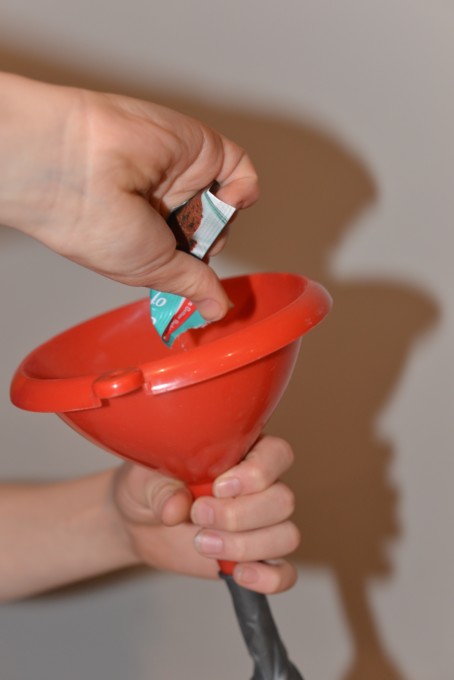
Place the balloon over the top of the bottle. When you're ready tip the balloon up so the baking soda drops into the lemon juice.
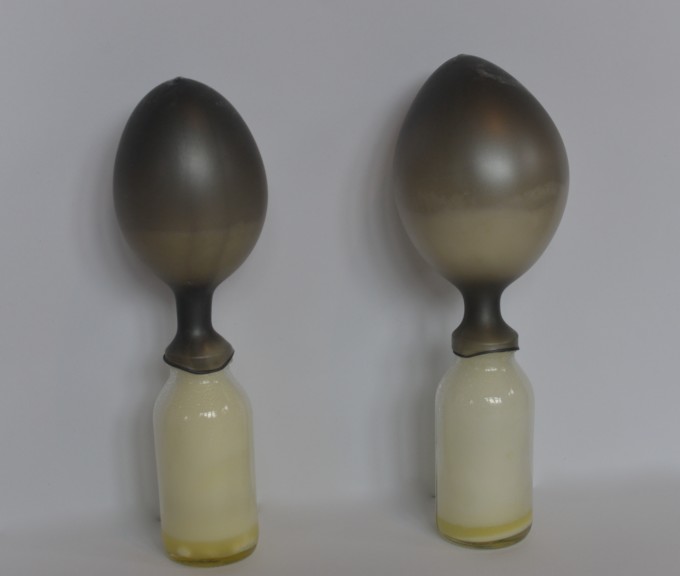
Watch the balloon inflate.
Another way to do this is to pour the baking soda directly into the jar and then quickly place the balloon over the top, but we've found this a bit trickier.
Extension Task
Set up a fair experiment to investigate whether vinegar, lime or lemon juice produces the most gas? Think about how you can measure the amount of gas produced.
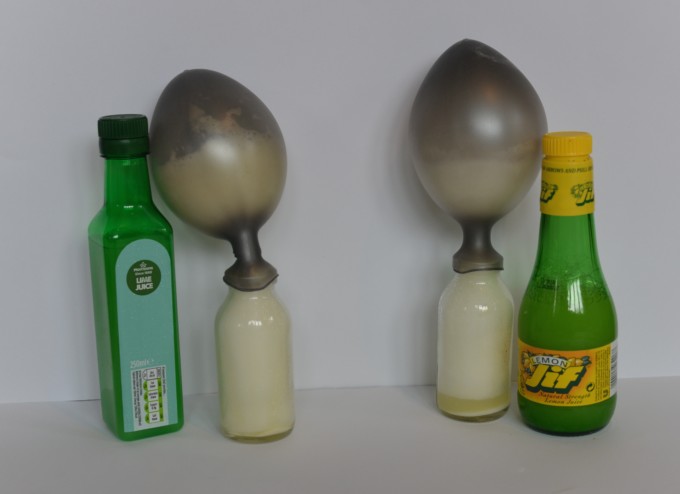
Think about which conditions you need to keep the same...( amount of baking soda, amount of vinegar, and amount of vinegar and lemon juice )
Why does lemon juice inflate a balloon?
The balloon should inflate because adding the lemon juice/vinegar to the bicarbonate of soda creates a chemical reaction. When the two combine they create carbon dioxide. The gas rises up into the balloon blowing it up.
This is an example of a reaction between an acid ( lemon juice/vinegar ) and a base.
More Baking Soda Experiments
Try some more fun chemistry experiments for kids.
Have a go at one of my 10 brilliant baking soda experiments!
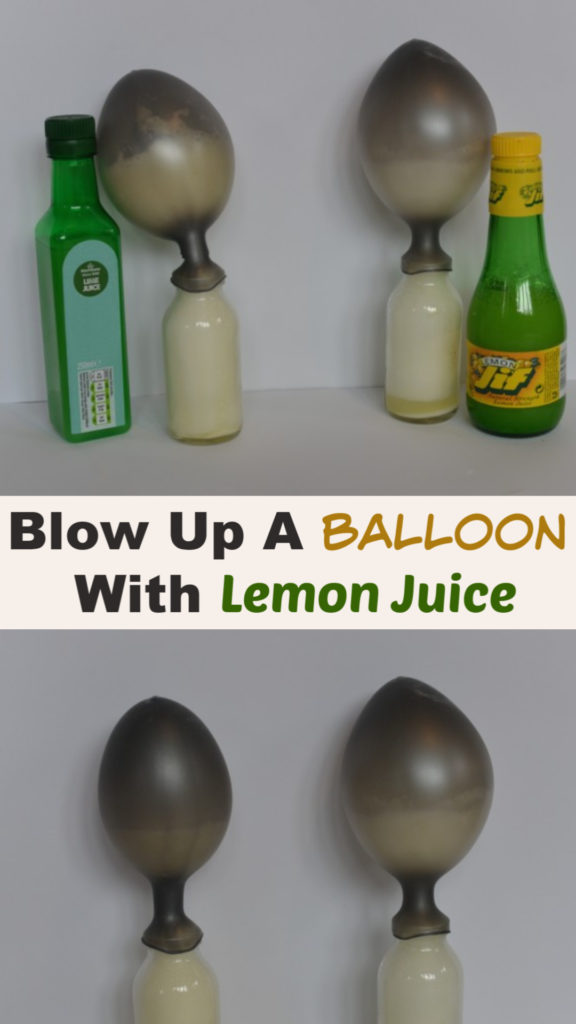
Last Updated on March 4, 2025 by Emma Vanstone
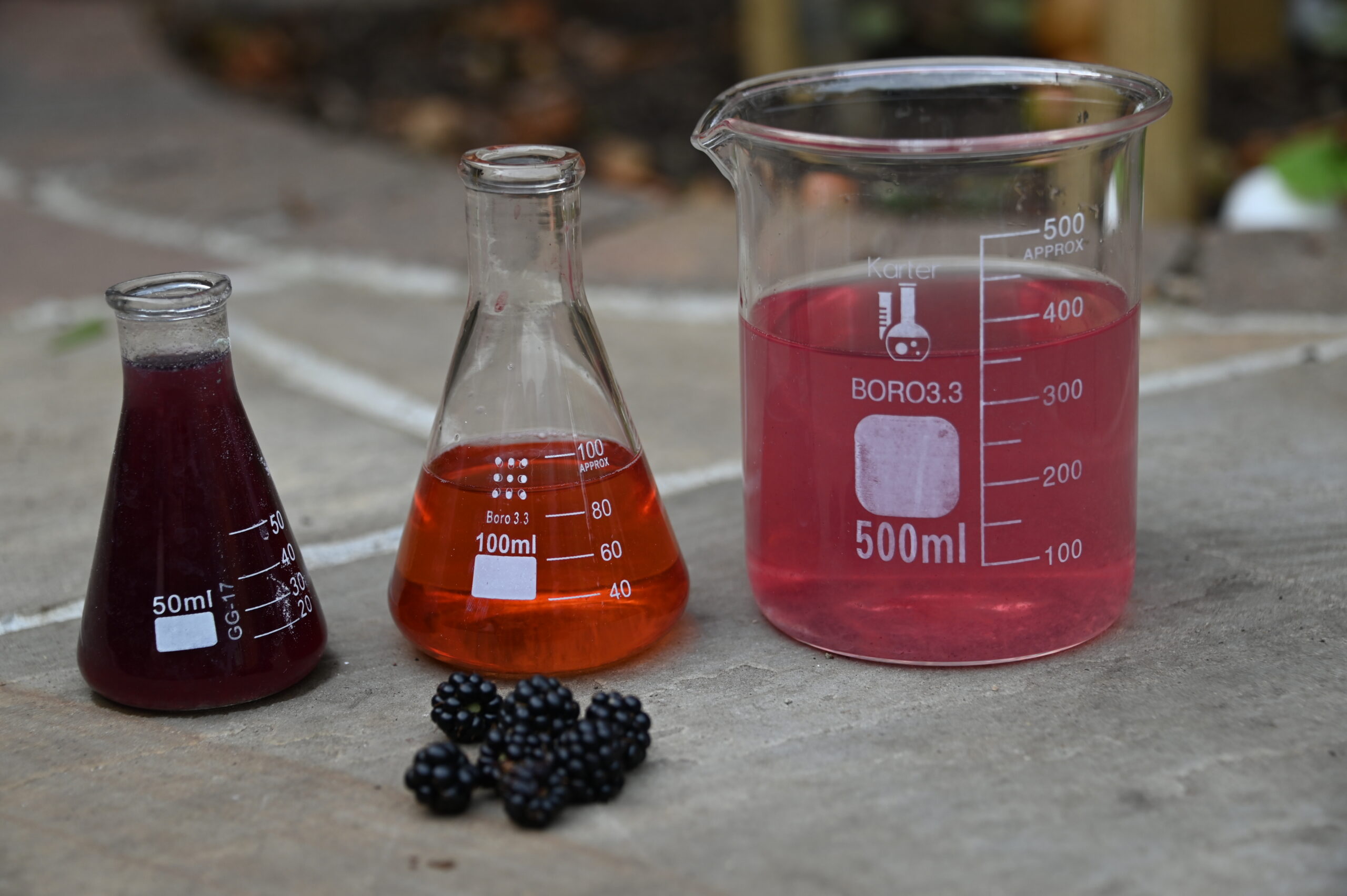
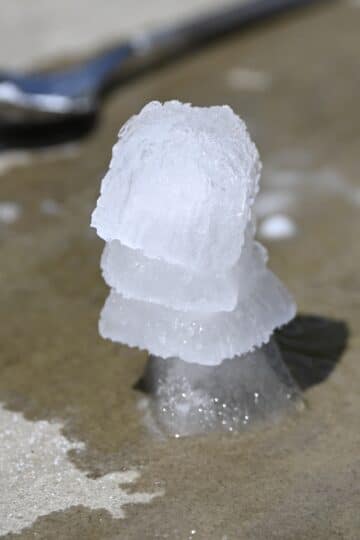
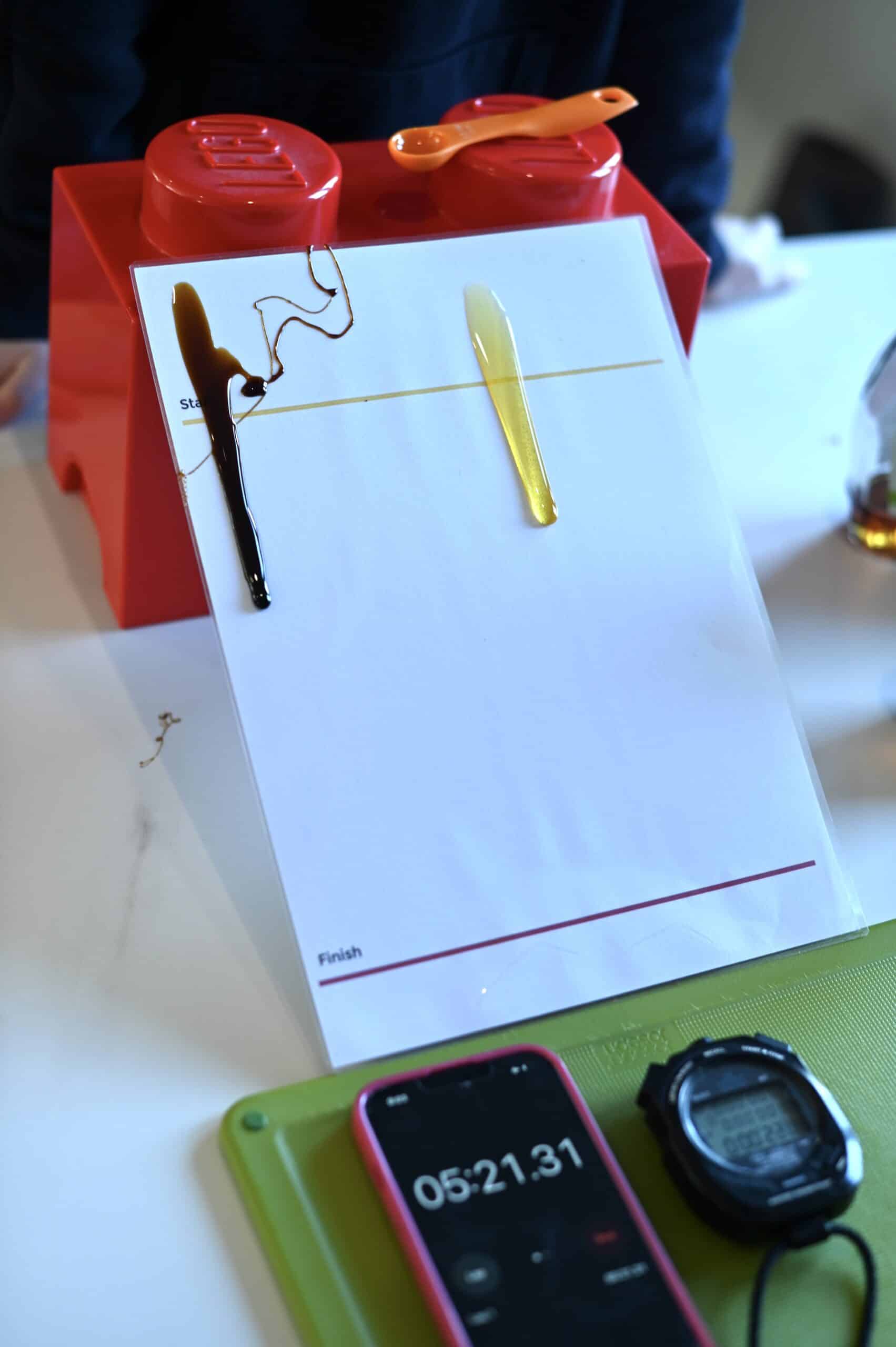
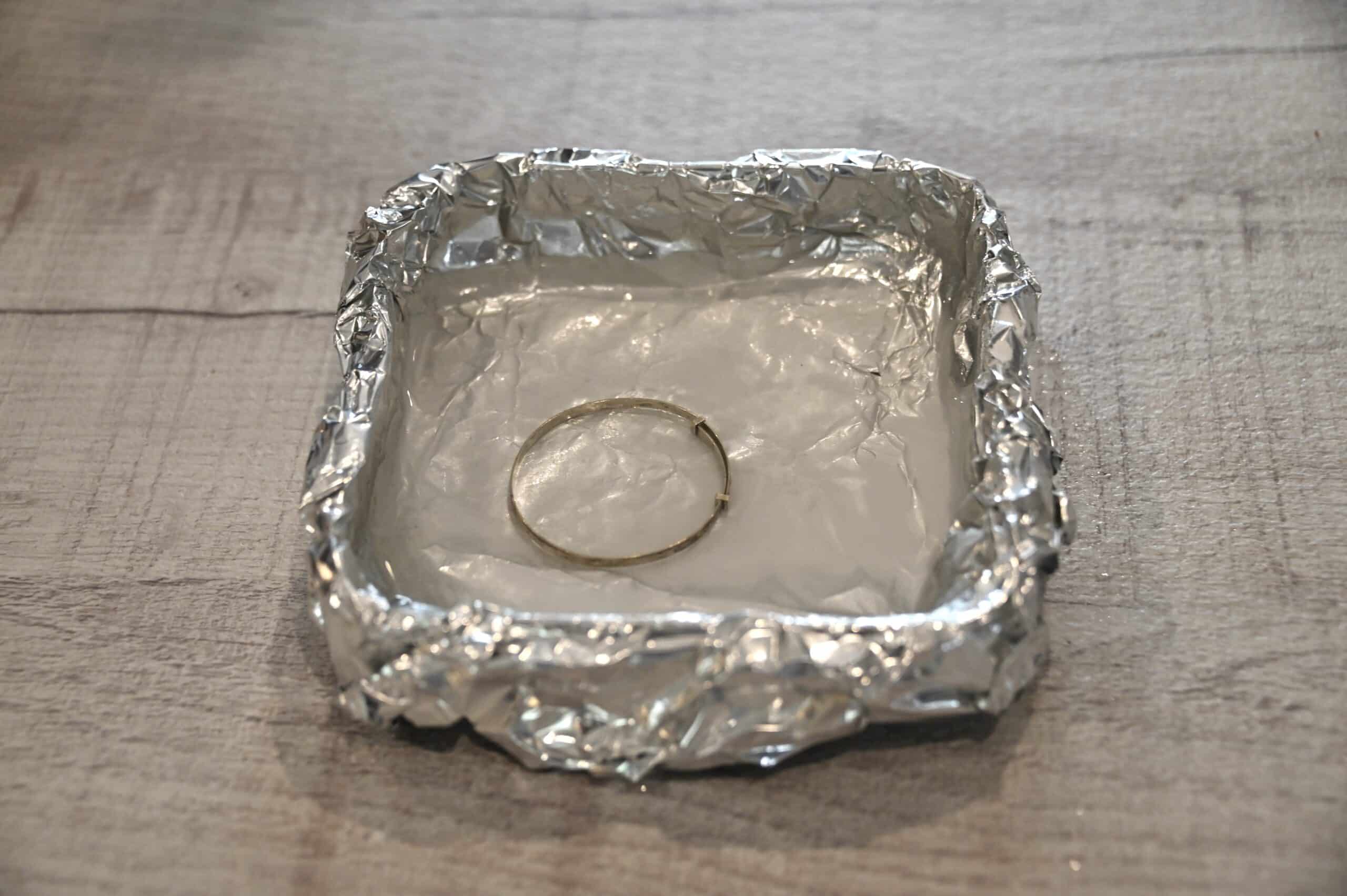
Leave a Reply